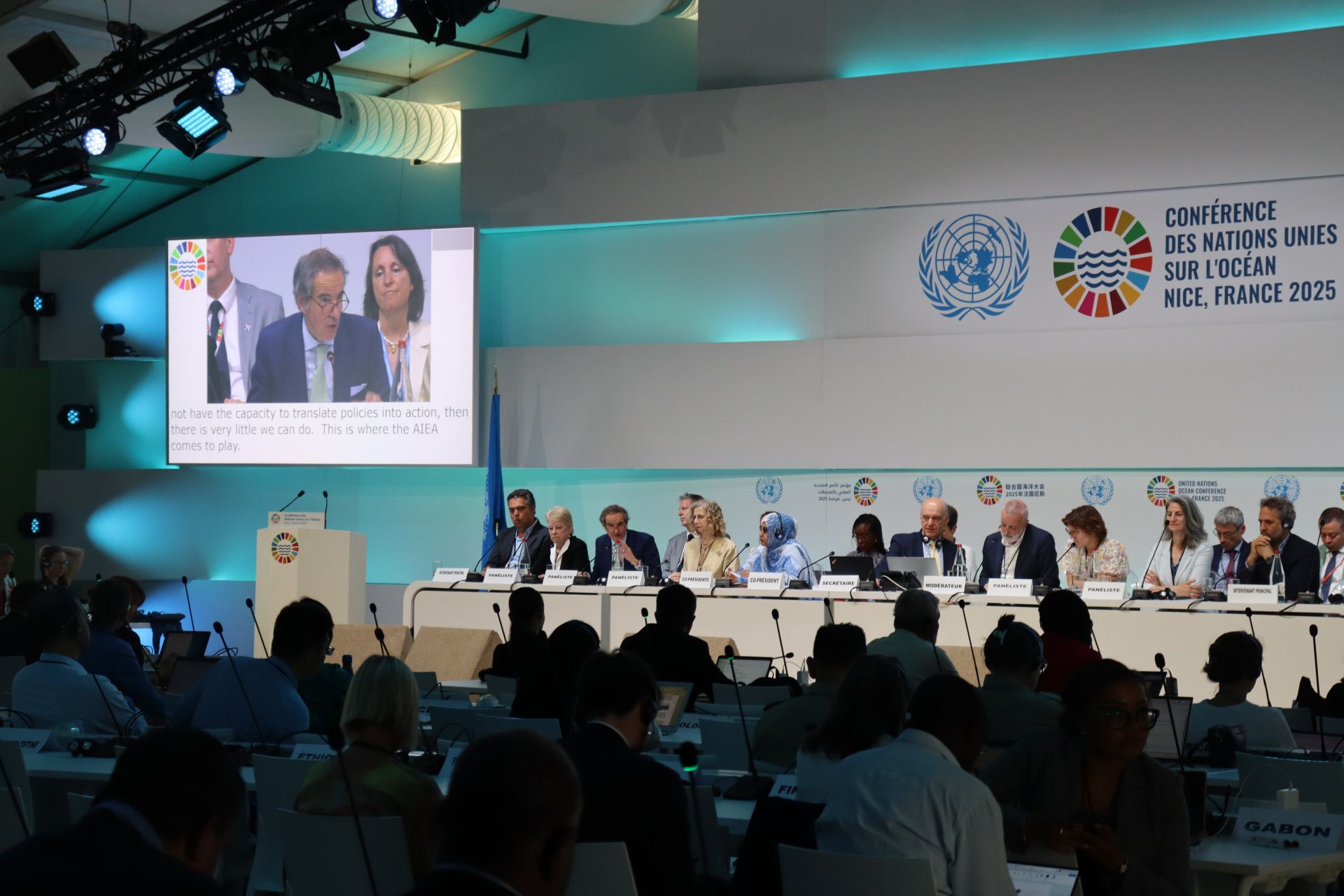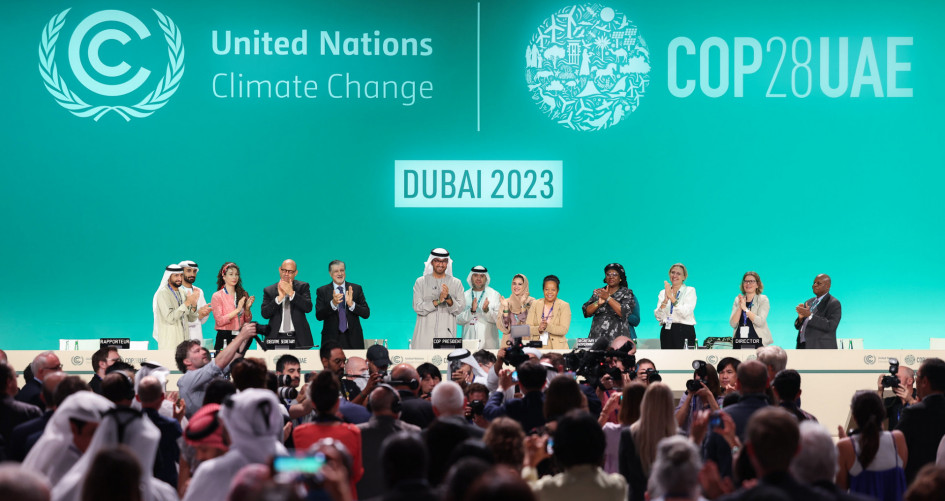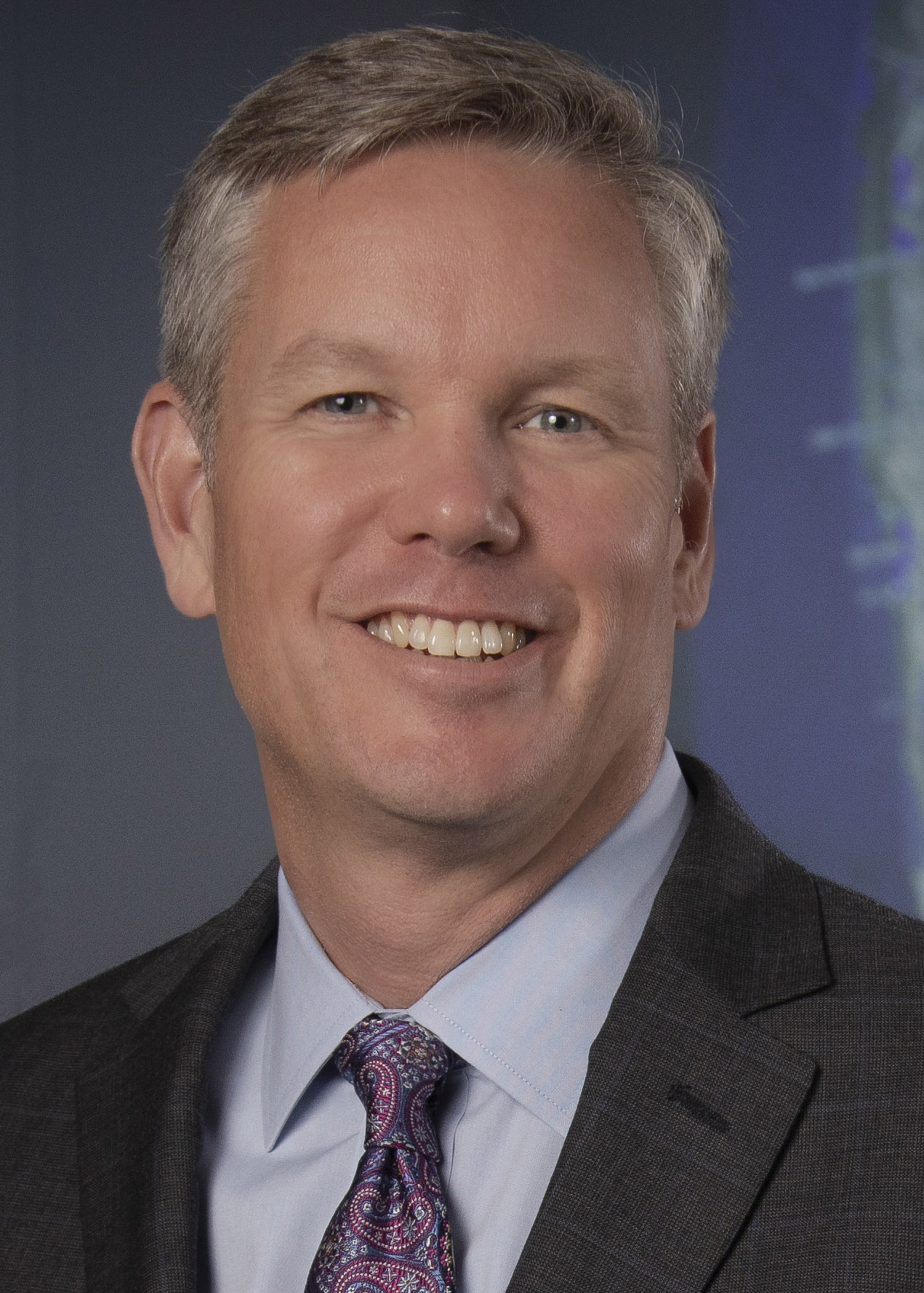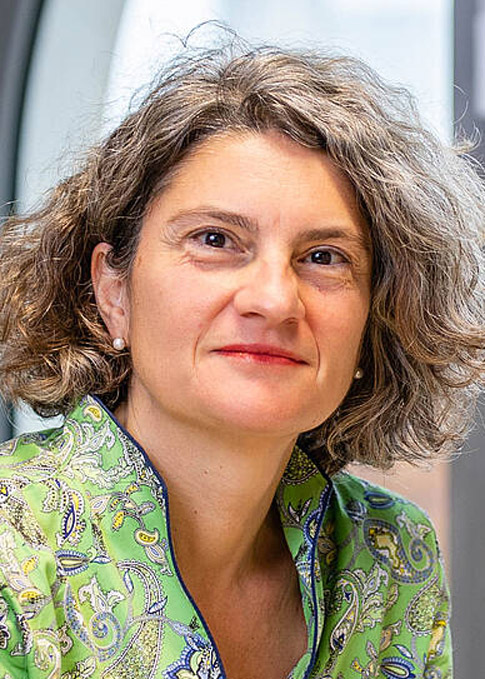IAEA director general Rafael Grossi speaks during a session on combating marine pollution. (Photo: E. McDonald/IAEA)
Plastic waste is polluting the oceans and entering the human body in the form of microplastics. According to the United Nations, without immediate action the amount of plastic finding a way into the oceans each year could reach 37 million metric tons by 2040, becoming a threat to marine and human life.
Methane emissions from cows are surprisingly important as a greenhouse gas. (Photo: Martin Abegglen)
In discussing how to counter global warming, it’s pretty easy to argue that nuclear should be the major electricity source and heat producer to replace fossil fuels. At 6 grams per kilowatt-hour, it has the lowest carbon emissions of any energy source, according to the United Nations, and is objectively the safest form of energy for humans and the environment alike, again from a recent UN report.
Applause at the conclusion of COP28. (Photo: Kiara Worth/UN Climate Change)
The United Nations' Climate Change Conference of Parties (COP28) in Dubai, United Arab Emirates, closed on December 13 after debate on a “global stocktake” pushed negotiations a full day past the scheduled end date. Though advocates hoping for a phaseout of fossil fuels were ultimately disappointed and must settle for “transitioning away,” another first—after 30 years of global climate conferences—is the inclusion of nuclear energy among the zero-emissions and low-emissions technologies that still could, if deployment is accelerated, support deep reductions in greenhouse gas emissions to limit global warming to 1.5°C.







